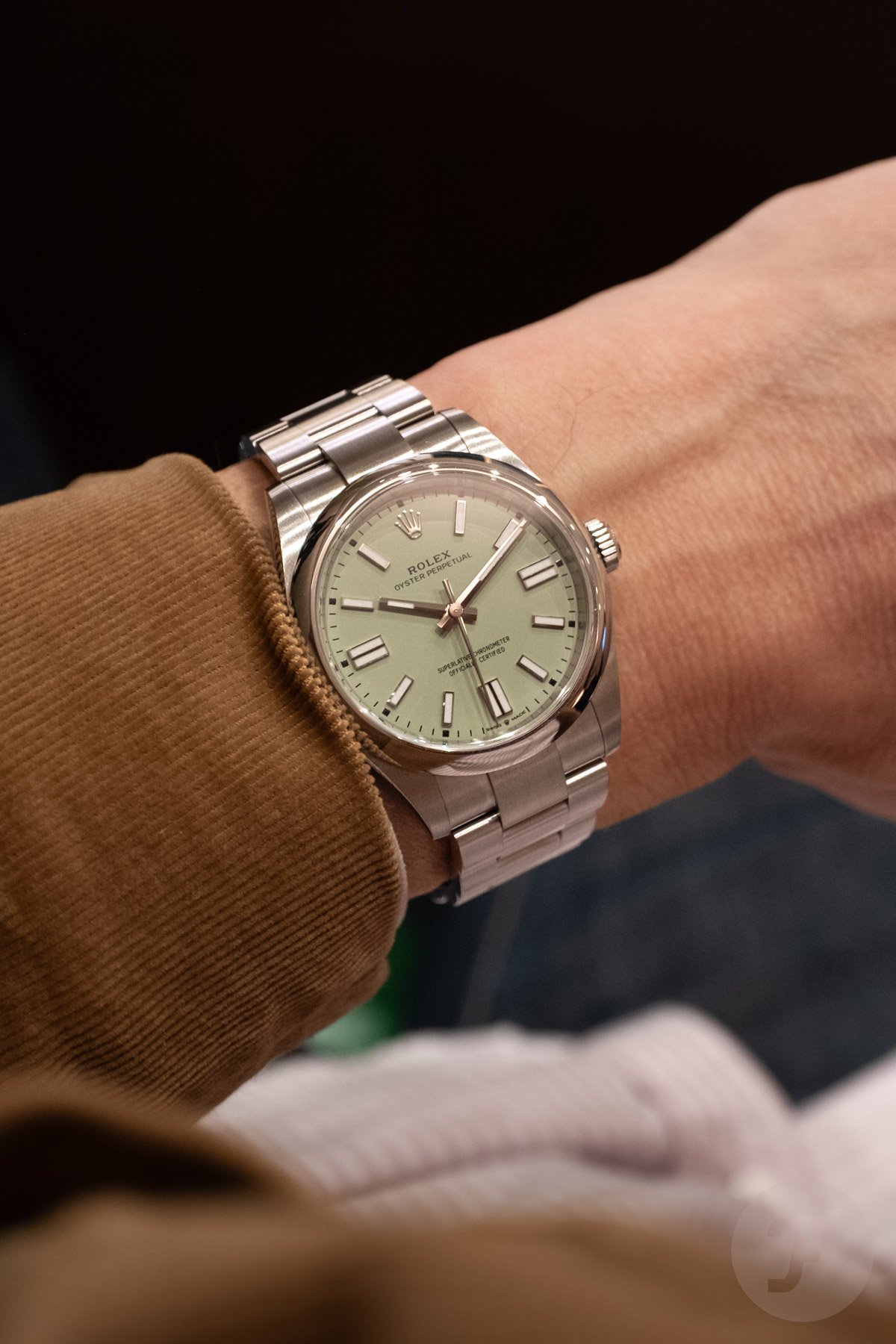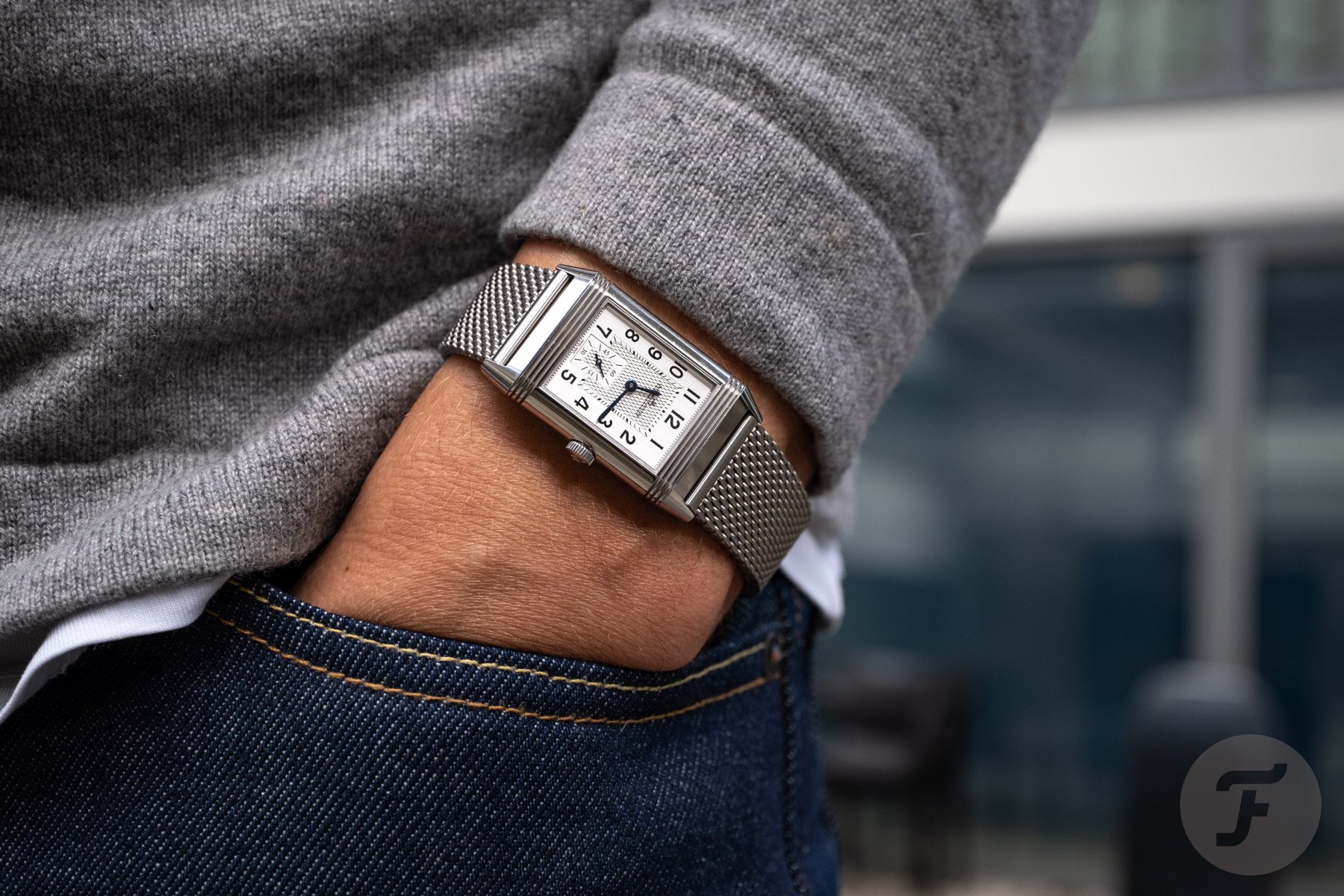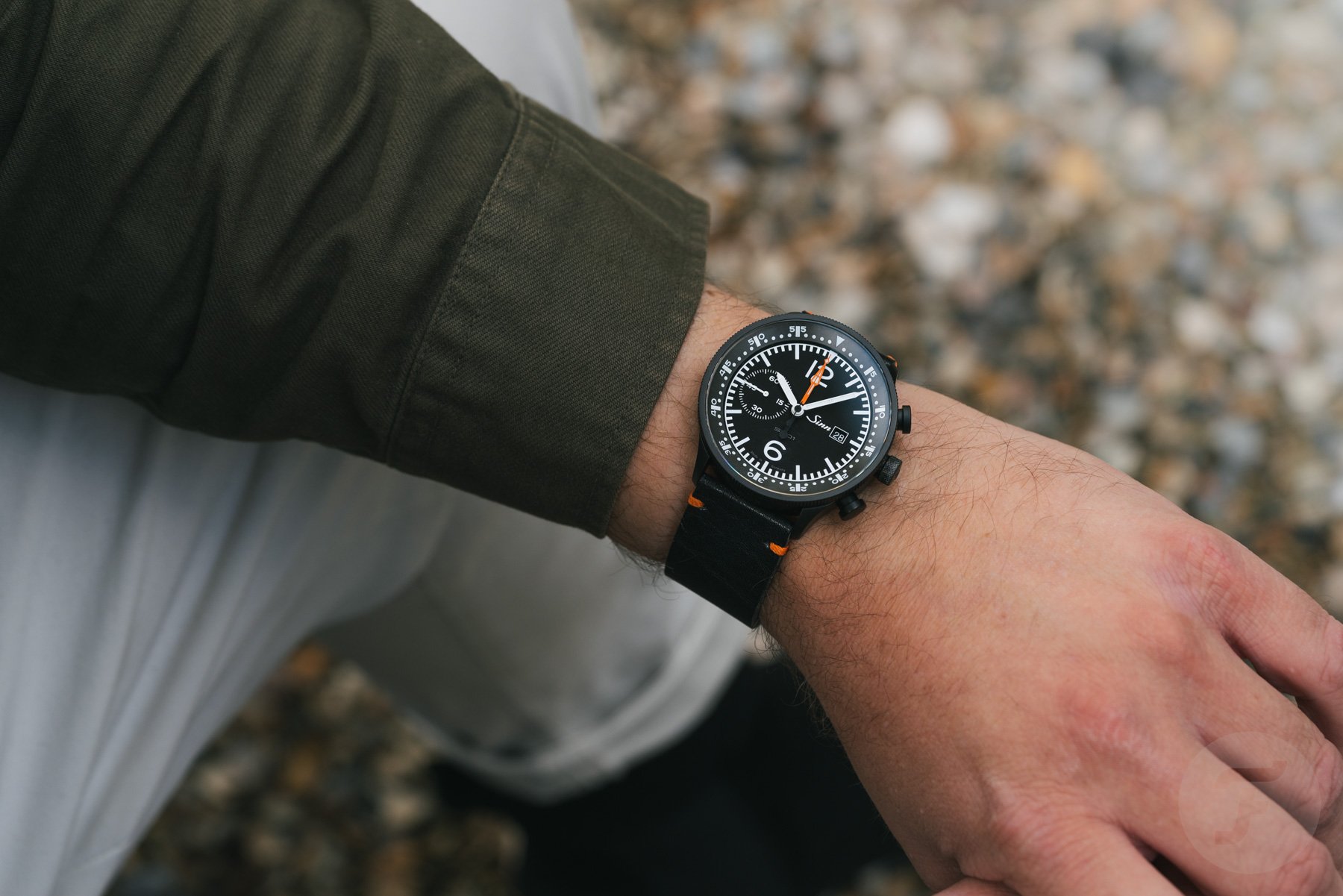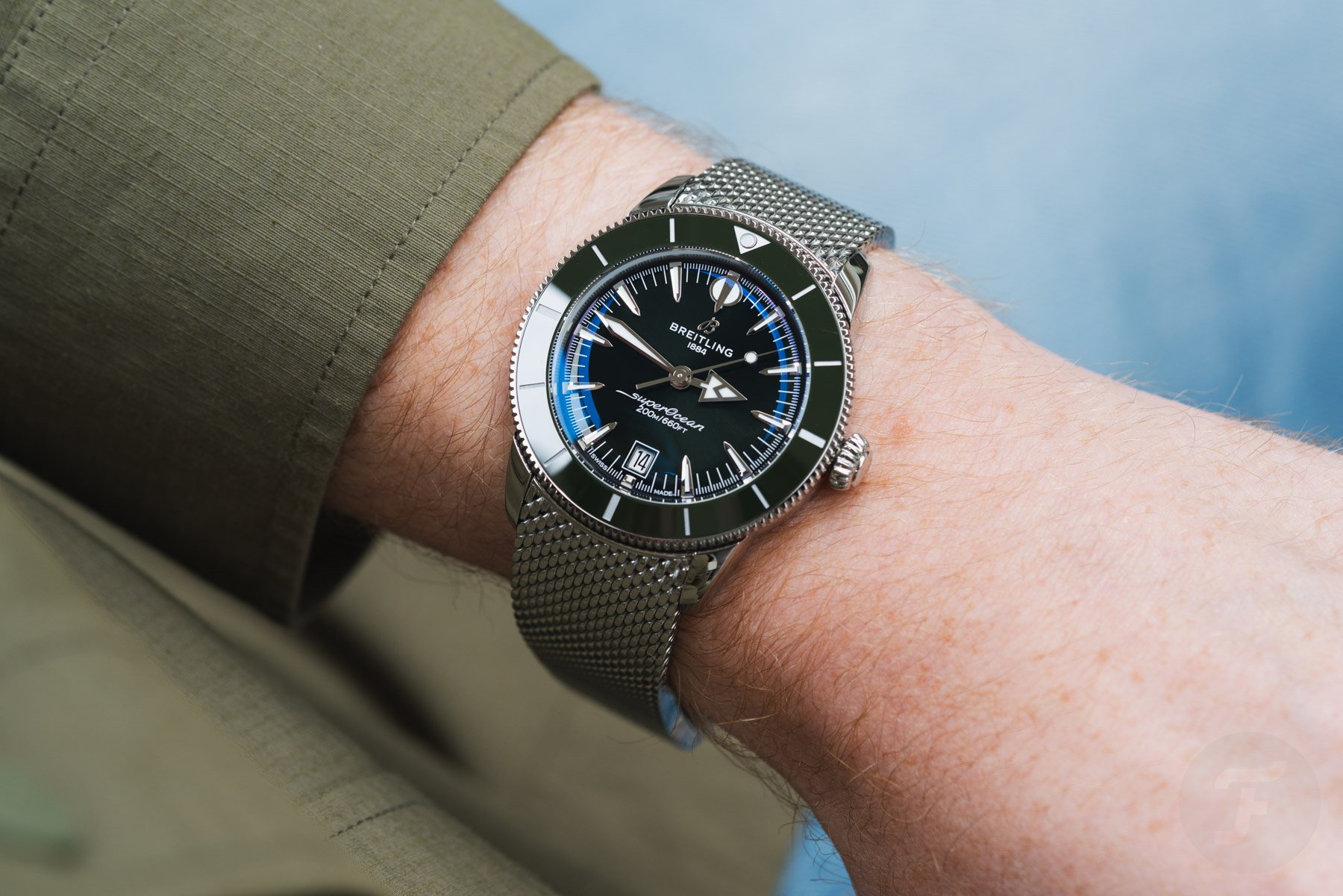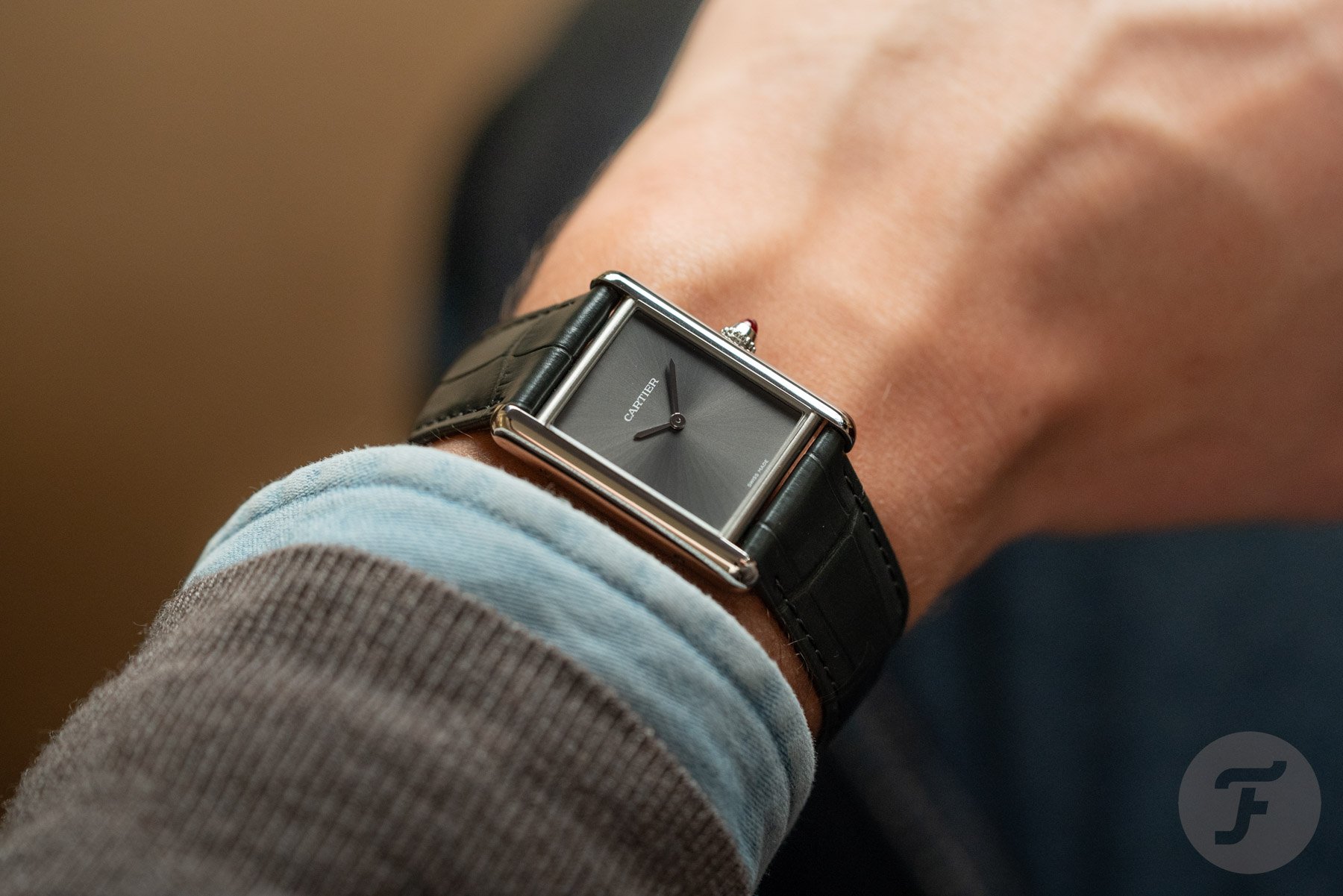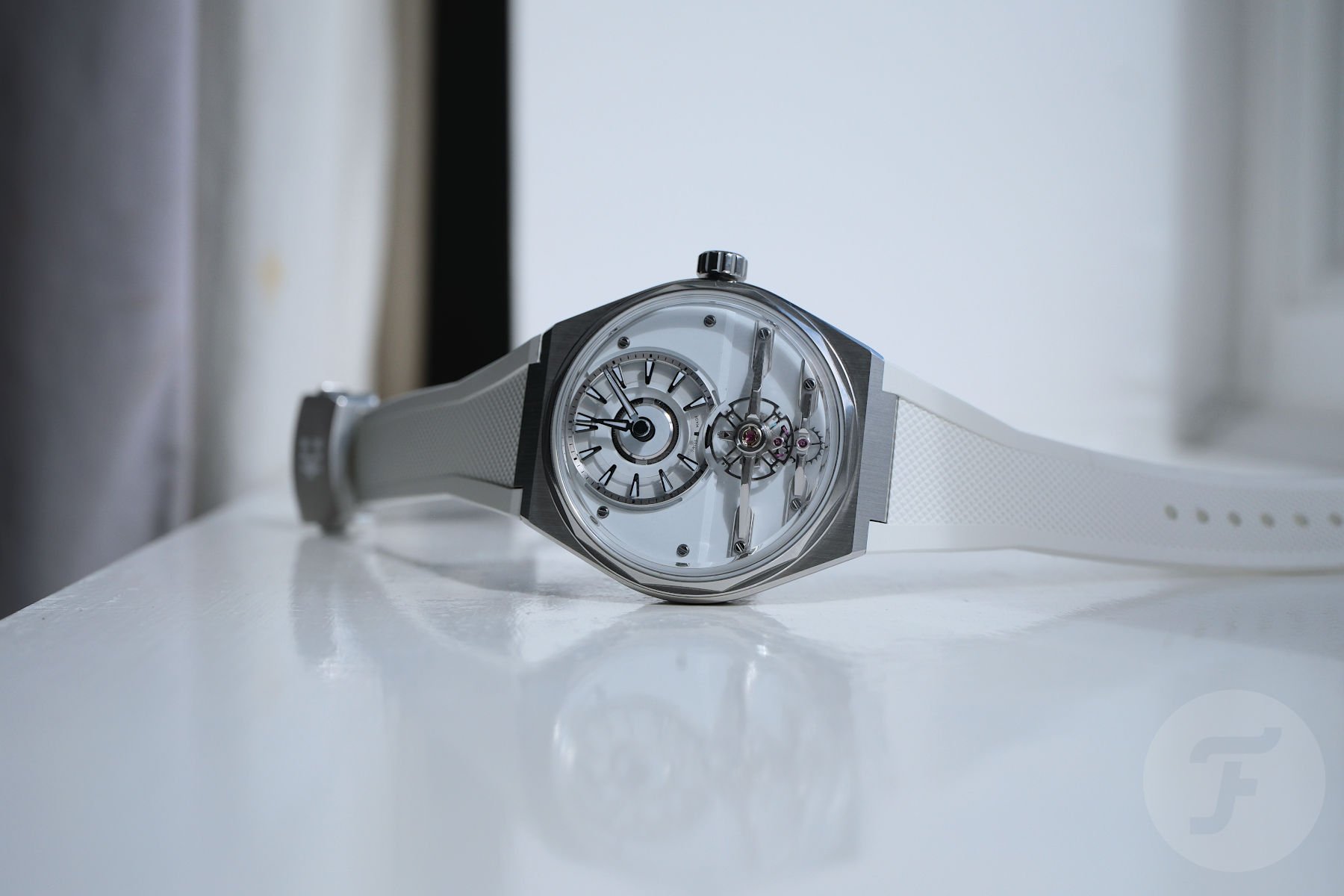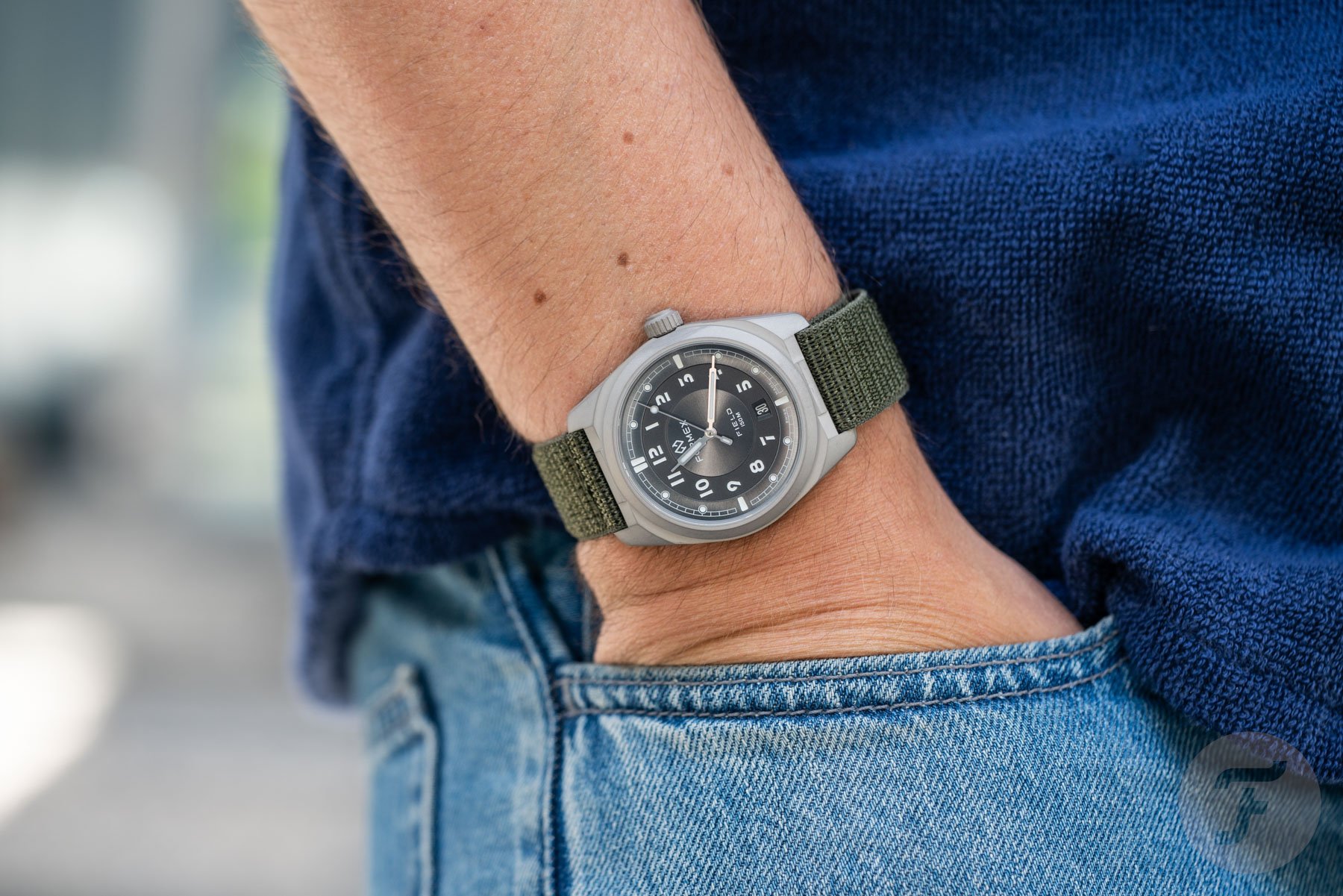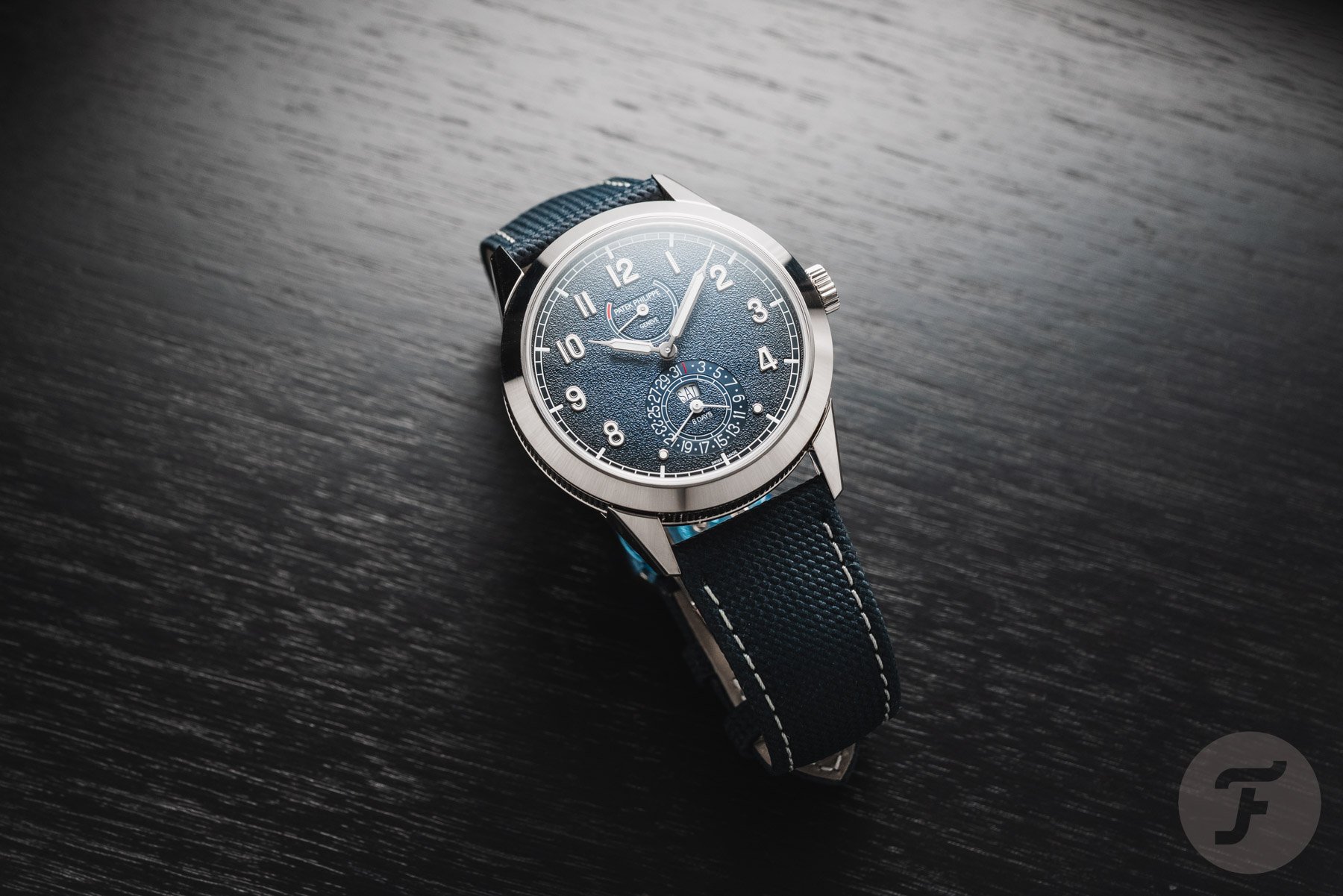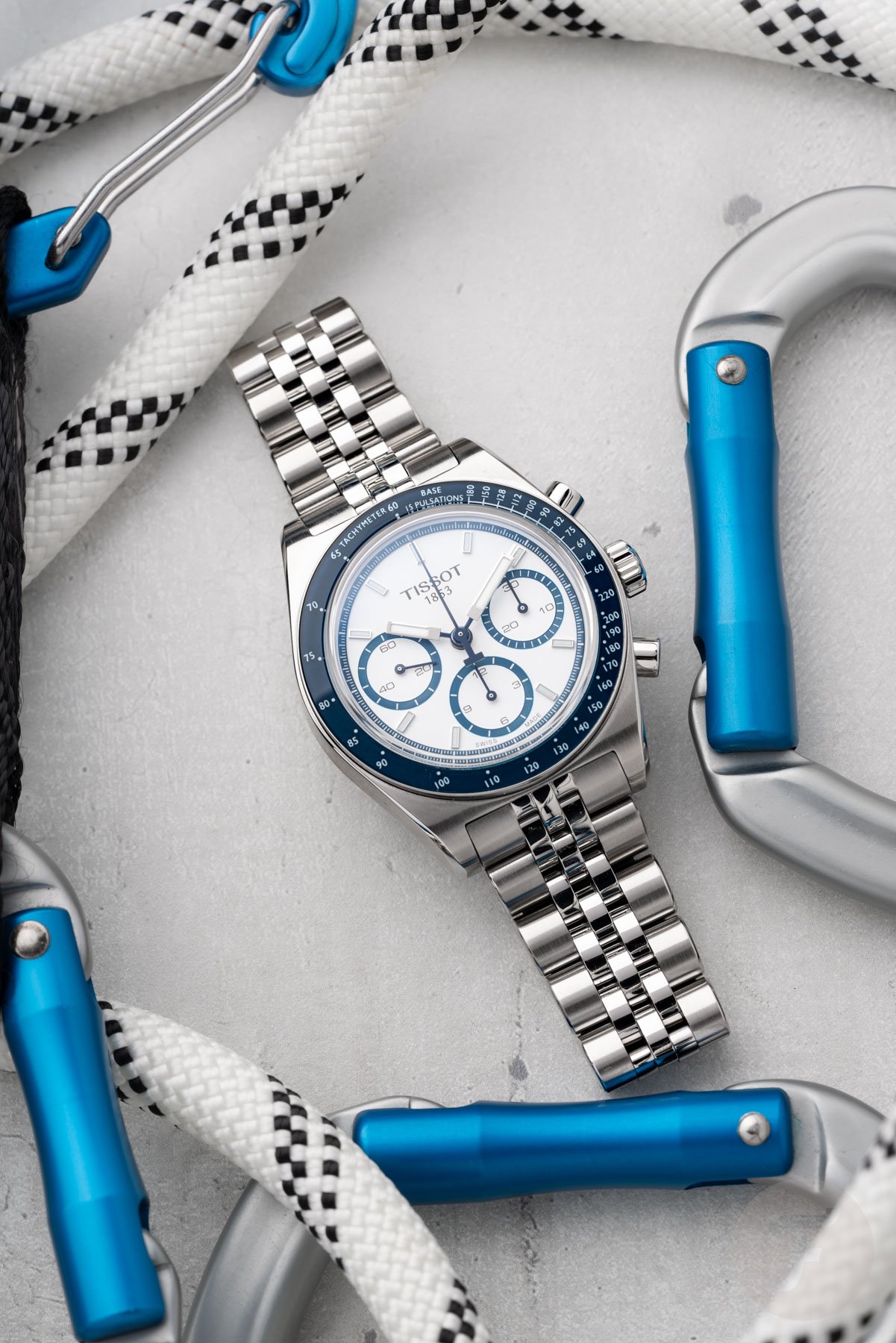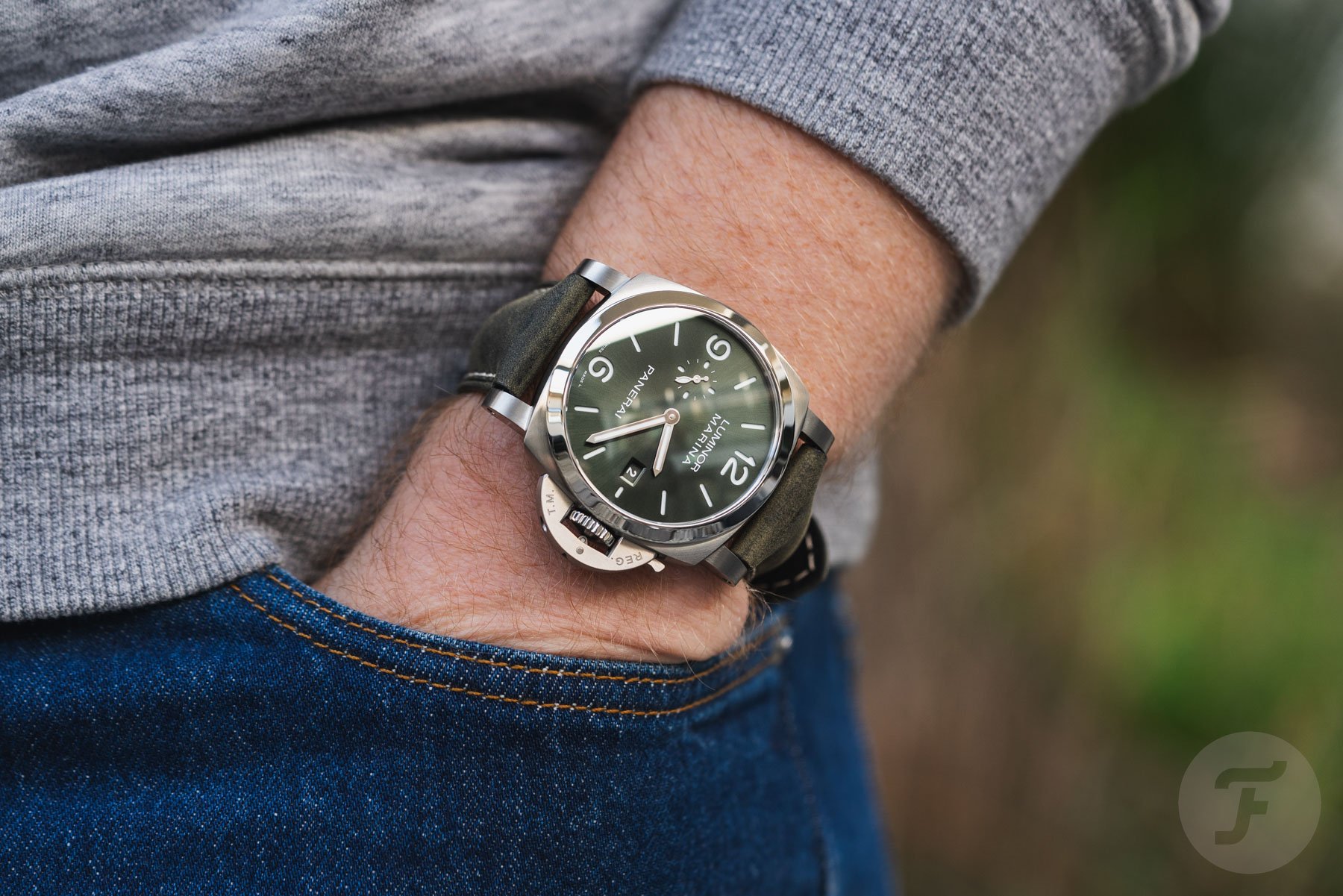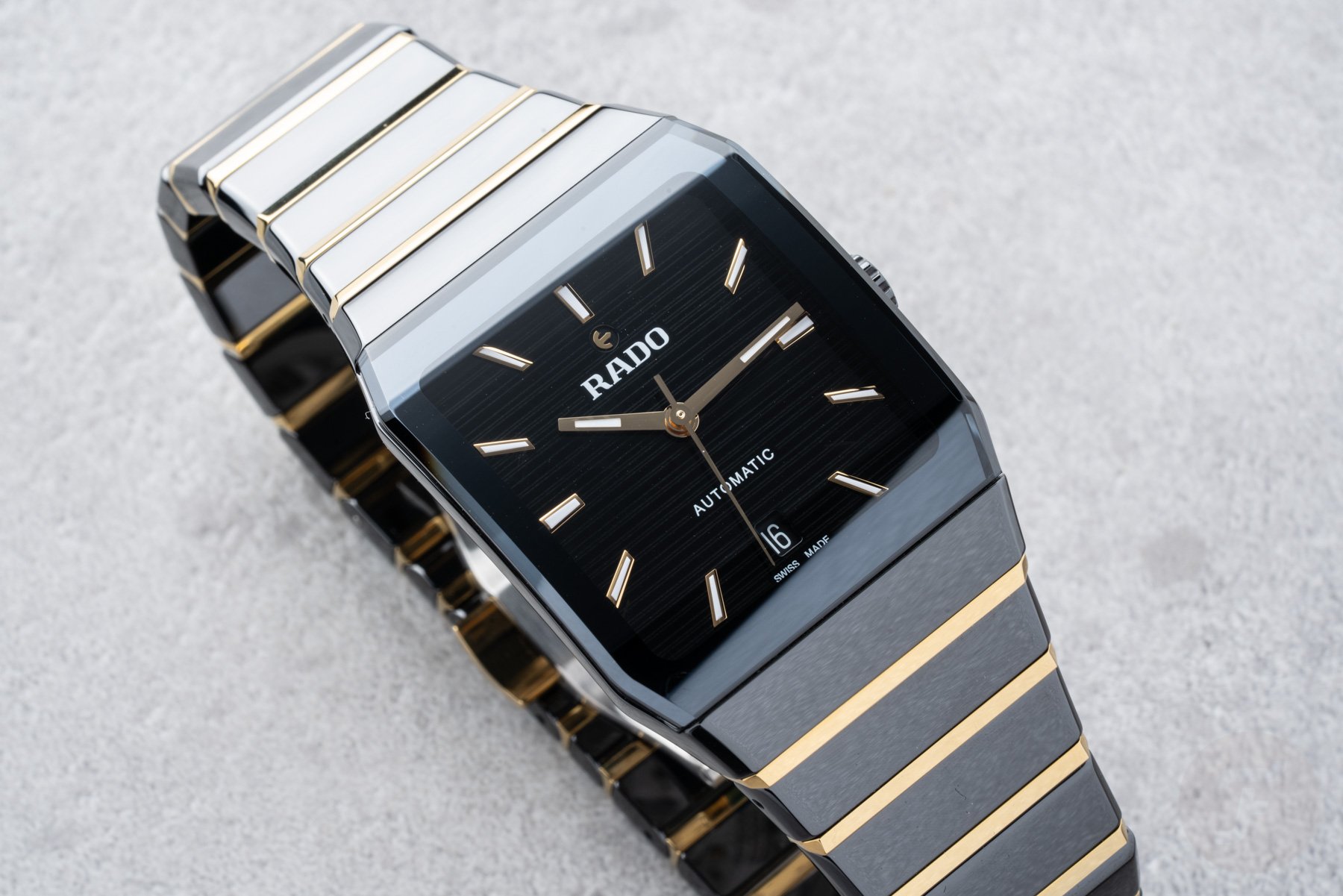US Import Tariffs On Swiss Watches—How They Affect Watch Brands And Enthusiasts
I am sure that most of you have read about Switzerland being hit with the harshest tariffs of all European countries last week. A whopping 39% tariff on goods imported to the US from the Alpine country came into effect on August 7th. The watch world is shaking as a result. Today, I would like to look at what the US import tariffs on Swiss watches entail and what it means for brands and consumers inside and outside the US.
The new 39% tariff results from failed negotiations between Switzerland and the US. As such, this latest figure replaces the earlier 10% tariff until further notice. Let’s dive in to see what’s what.
US import tariffs on Swiss watches—a developing story
The first thing that is crucial to know is that this is a developing story. In the eyes of the Trump administration, the US import tariffs currently put in place are the result of an ultimatum not being met. The US set the August 7th deadline, after which 39% would go into effect if a deal were not agreed upon. What deal, you ask? Well, the US demands action from Switzerland to shrink the current trade deficit, which (in short) means the US imports more goods from Switzerland than the other way around. A notable caveat is that the deficit is tiny if services are taken into account; unfortunately, they are treated separately in this case.
Last-minute efforts between Swiss President and Finance Minister Karin Keller-Sutter and the Trump administration failed to bring the parties closer. As a result, the draconian tariff went into effect, contrasting, for instance, the more pallatable 15% tariff on the EU.
This doesn’t mean the negotiations are over. The Swiss have already proposed a new deal, and talks are ongoing. This means a more reasonable tariff could still be agreed upon, creating insecurity for many industries, including the Swiss watch industry.
How do US import tariffs on Swiss watches actually work?
It is good to know that these tariffs apply to goods of Swiss origin. So, even if you buy a Swiss-made watch from an EU-based brand or retailer, the 39% tariff still applies. Sellers are required to include a so-called “watch worksheet” with all watches shipped to the US. This document specifies the cost of the watch and its constituent components, as well as declaring the country of origin for each part. So, a German-made watch with a Swiss movement will have you pay 39% on the value of the movement and 15% on the rest. Oh, and in case you are wondering: tinkering with these values constitutes tax fraud.
Note that the tariff applies to the import value of the watch plus shipping costs. This means that watches going through US-based importers/distributors or the brand’s own US-based offices are affected less than direct-to-consumer watches. After all, an importer pays 39% on his purchase price while a consumer pays 39% on the retail price when ordering abroad.
Still, since it costs the brands 39% more to get the watches stateside, they raise their retail prices to compensate. Many brands seem to plan to divide the additional cost between themselves, retailers, and the US consumer. We have also already heard of brands planning to raise prices globally due to the tariffs, spreading the costs over all customers.
Delayed effects
You may have noticed that the watch world did not suddenly change on August 7th due to the US import tariffs on Swiss watches. For starters, it is good to know that while the US represents the largest single market for Swiss watches (since the decline of the Chinese market), it still represents only 17-20% of total Swiss watch production. Since no tariff will reduce that number to zero, the effect is significant but limited.
You should also know that the effects will only reveal themselves over time. Brands with local offices or partners saw this coming and stocked up over the past few months. They tend to have enough stock to maintain current prices for at least a few more months. Their hope is that a milder deal will be struck by that time.
Direct-to-consumer brands, like Formex, Christopher Ward, or the one I happen to own, suffer a much more direct impact. As their US-based customers pay the full 39% from day one, they might see US sales drop immediately. The fickle nature of these deals further motivates US buyers to delay their purchases. However, as we’ll see in the next chapter, these brands are reluctant to respond.
The moral dilemma of who pays
While <20% of Swiss watch production might sound relatively modest, the US can represent a much more significant share for individual brands. So much so that the US import tariffs on Swiss watches represent more than a nuisance or an inconvenience, but an existential threat. These brands need to respond, which presents them with the moral dilemma of who pays.
Brands can opt to simply pass the entirety of the tariff on to the US consumer, in which case they will likely see drastic declines in sales. Alternatively, they can absorb the tariffs to align retail prices with non-US markets. This means either taking lower margins in the US or raising prices everywhere. In both cases, that technically means you get non-US customers to pay for the US tariffs, which hardly seems fair and could result in backlash from other customers.
As a result, most brands delay their response in the hopes of a better deal soon. After all, there is no perfect way to respond that keeps your business healthy and all customers happy.
How US import tariffs on Swiss watches affect US-based enthusiasts
All of this directly impacts US-based enthusiasts. It seems likely that most Swiss watches will become even more expensive over the next couple of months. As such, some might feel urged to visit their AD now, rather than in the near future. For most, I suspect, the US import tariffs on Swiss watches are more likely to trigger apprehension in watch buying.
You can expect an effect on the pre-owned market, too. The tariffs also apply to pre-owned Swiss watches, meaning that watches already in the US become more attractive. Will we see a rise in pre-owned prices in the US as a result? Who knows?
Alternatively, US-based watch buyers might start looking at non-Swiss watches. German and Japanese brands might benefit. Perhaps A. Lange & Söhne becomes the new Patek Philippe in the States. Lastly, I suspect some consumers will simply continue buying, undeterred by the additional cost.
Looking ahead
As you can surely read between the lines, there is simply too much uncertainty around the US import tariffs on Swiss watches to make solid predictions now. One thing seems obvious already: Between Swiss watch brands, US-based watch enthusiasts, and non-US watch-buying consumers, no one benefits, and everybody stands to lose to some degree.
If the tariffs end up at the same level as for the EU, 15%, the net price paid by US consumers on direct-to-consumer-sold Swiss watches would land very close to the net price paid by EU residents, due to our higher VAT. At least psychologically, that would even the playing field, reducing the sense that Americans pay more for the same watches. Whether that would be enough to keep sales going is, of course, hard to predict. The story is more opaque for brands with US offices or distributors.
I have seen some vindictive sentiments elsewhere online, in the spirit of “serves those Swiss watchmakers right for upping their prices before”. I hope the above shows that this isn’t relevant here. Even if they decide to absorb the tariff in their current margins, that has an unintended side effect of practically offering a discount to US-based customers at the expense of non-US customers. So, Fratelli, I am very curious to hear how you think watch brands should handle this? And how do you expect this will affect your watch hobby? Let us know in the comments section below!

